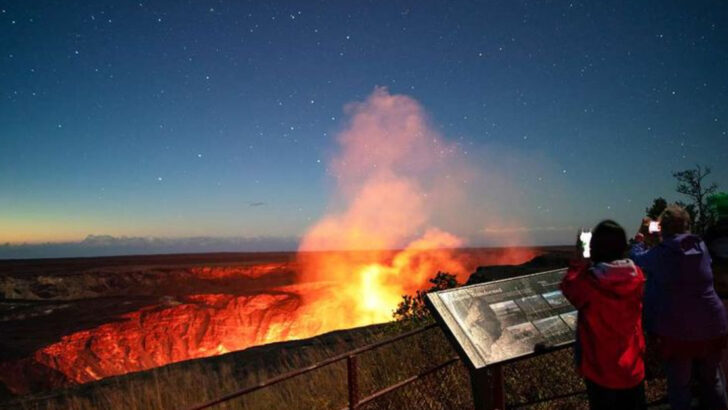America’s national parks are a testament to the country’s stunning natural beauty and diverse ecosystems. However, beneath their picturesque landscapes lie numerous dangers that can turn an adventure into a perilous experience. The following list explores 17 national parks known for their deadly risks, from treacherous terrains to unpredictable wildlife encounters.
Grand Canyon National Park
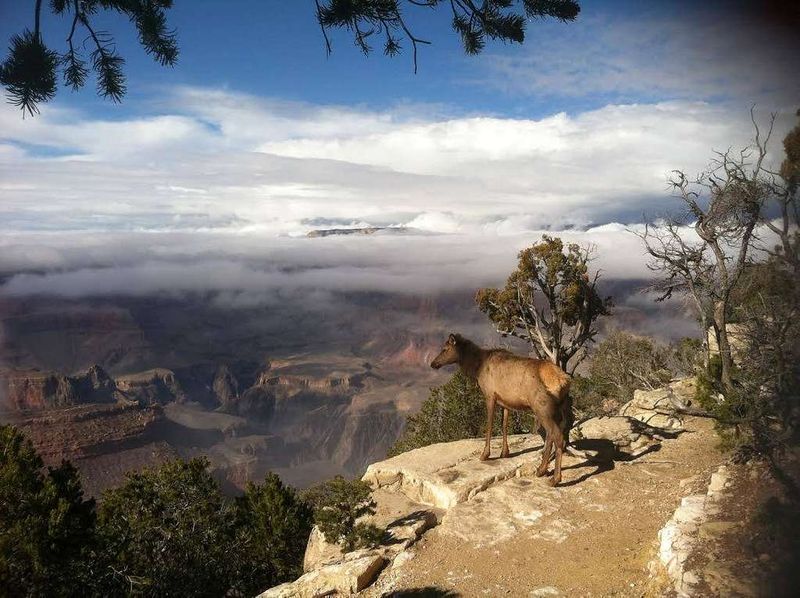
The Grand Canyon’s vastness is both awe-inspiring and perilous. Visitors often underestimate the dangers posed by its steep cliffs and extreme temperatures. One misstep on the canyon’s edge can lead to fatal falls, while the scorching heat during summer months poses a severe risk of dehydration.
Hiking trails, though popular, require careful planning and respect for nature’s power. Rescuers frequently assist those who overestimate their abilities. Despite warnings, many are drawn to its majestic views, sometimes with fatal consequences. The Grand Canyon demands respect and preparation for a safe exploration.
Yosemite National Park
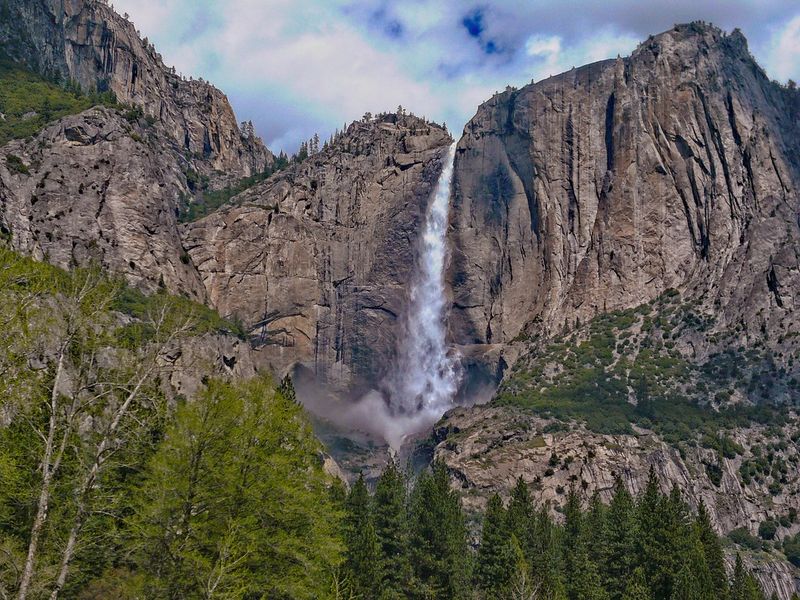
Yosemite’s dramatic cliffs and waterfalls attract thrill-seekers and nature lovers alike. However, its beauty hides real dangers. Rockfalls can occur without warning, posing risks to climbers and hikers.
The park’s waterfalls, although breathtaking, can be deadly. Swift currents and slippery rocks have led to numerous drowning incidents. Furthermore, unpredictable weather changes can catch visitors off guard, requiring constant vigilance and adaptability.
For adventurers seeking to conquer Yosemite’s challenges, awareness and caution are vital to avoid becoming part of its grim statistics.
Yellowstone National Park
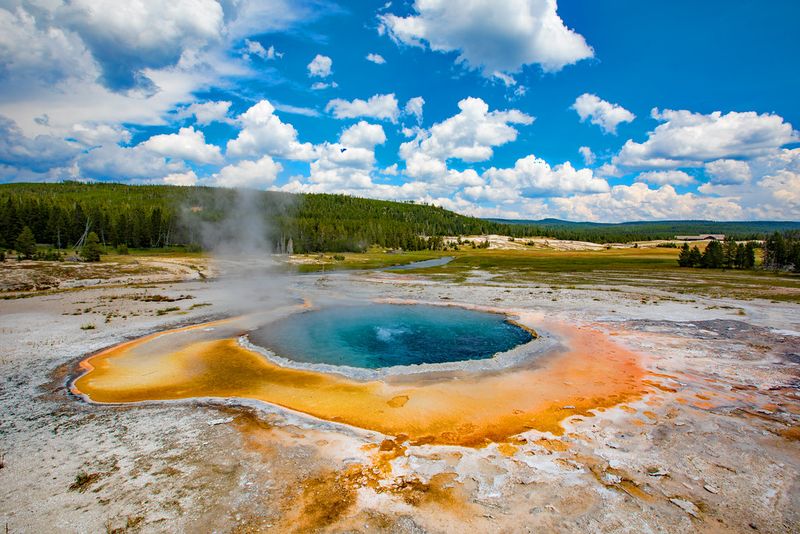
Yellowstone is a land of geothermal wonders and wild creatures. The park’s hot springs and geysers can cause severe injuries if visitors venture off designated paths. Scalding waters have claimed lives when curiosity overrides caution.
Moreover, the park is home to large animals like bison and bears. Despite their seemingly docile appearance, they can be unpredictable and dangerous. Keeping a safe distance is essential to prevent wildlife-related incidents.
Yellowstone’s allure is undeniable, but its dangers require respect and adherence to park guidelines for a safe visit.
Denali National Park

Denali’s rugged wilderness and towering peaks attract mountaineers and adventurers. Its unpredictable weather and challenging terrain can quickly turn deadly. Avalanches and rapidly changing conditions pose significant risks to climbers.
The park’s vastness also means help can be hours away, making self-reliance crucial. Wildlife encounters, particularly with grizzly bears, add another layer of danger.
Visitors must possess strong survival skills and respect for the park’s raw nature to safely navigate Denali’s formidable challenges and enjoy its unparalleled beauty.
Sequoia and Kings Canyon National Parks

The towering giants of Sequoia and Kings Canyon create a majestic but potentially hazardous environment. Falling branches from the enormous sequoias can pose threats to unwary visitors.
The parks’ remote wilderness areas challenge hikers with difficult trails and changing weather. Unexpected storms can lead to hypothermia and disorientation.
Despite the risks, the allure of these ancient trees draws many. Awareness and preparation are key to safely traversing this awe-inspiring land, allowing visitors to marvel at its natural grandeur without falling victim to its hidden dangers.
Glacier National Park

Glacier National Park’s rugged beauty is matched by its potential dangers. Snow-covered passes and icy trails pose risks of falls and hypothermia to unprepared hikers.
The park’s namesake glaciers are retreating, leading to unstable conditions. Additionally, the presence of grizzly bears requires visitors to be vigilant and bear-aware to avoid dangerous encounters.
Though the park’s landscapes are breathtaking, they demand respect and caution. Proper equipment and knowledge are essential for a safe and rewarding experience amidst Glacier’s stunning yet unforgiving terrain.
Zion National Park
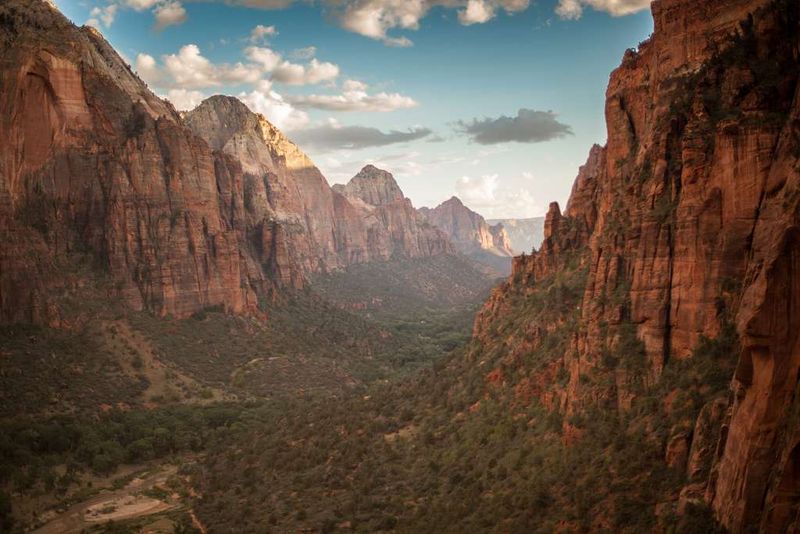
Zion’s narrow canyons and soaring cliffs offer unique challenges. Flash floods can occur with little warning, turning serene hikes into life-threatening situations.
The park’s popular slot canyons require technical skills and an understanding of weather patterns to traverse safely. Hiking trails like Angels Landing demand a head for heights and careful navigation to prevent falls.
Zion’s beauty is mesmerizing, yet it requires respect for the natural elements and preparedness to safely explore its intricate landscapes.
Great Smoky Mountains National Park

The misty beauty of the Great Smoky Mountains conceals various perils. Dense fog can obscure trails, leading to disorientation and potential falls.
The park’s diverse wildlife, including black bears, requires visitors to be cautious to prevent dangerous interactions. Furthermore, unpredictable weather patterns can lead to sudden storms that catch hikers off guard.
Despite its friendly name, the park’s challenges call for vigilance and preparedness. Respectful exploration allows visitors to enjoy the serene landscapes without encountering its hidden hazards.
Olympic National Park
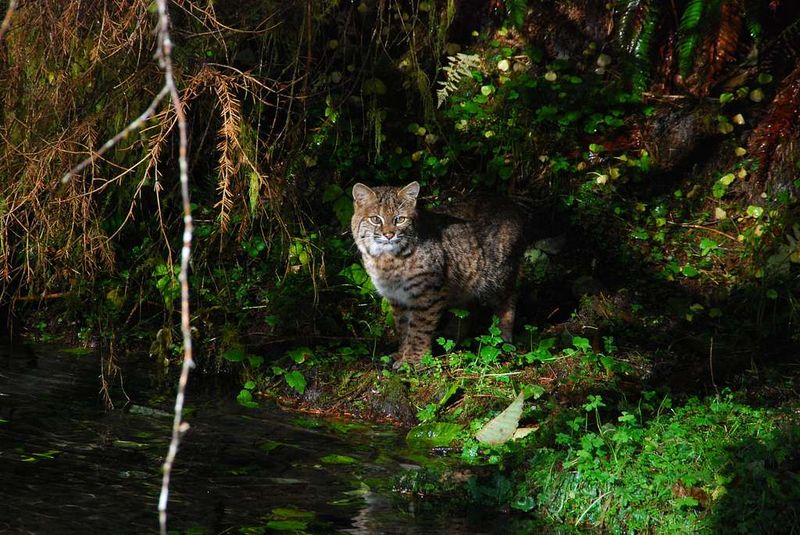
Olympic’s diverse ecosystems range from rugged coastlines to thick rainforests, each with their own dangers. The park’s dense vegetation can disorient hikers, while coastal regions pose risks of strong tides and slippery rocks.
Wildlife, including mountain goats, can be unpredictable, requiring visitors to maintain a safe distance. The park’s weather is notoriously changeable, demanding preparedness for rain and cold conditions.
Exploring Olympic’s beauty safely requires attention to its varied landscapes and respect for its unpredictable nature.
Rocky Mountain National Park
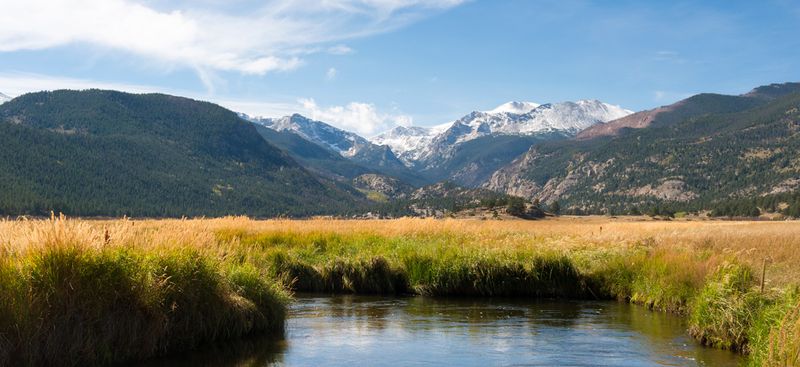
Rocky Mountain’s majestic peaks and alpine beauty draw adventurers seeking challenges. Lightning strikes are a serious threat, especially at higher elevations where storms can form rapidly.
The park’s steep terrains demand careful navigation to avoid falls, while cold temperatures pose risks of hypothermia. Altitude sickness is a common concern, requiring acclimatization and caution.
Visitors to Rocky Mountain National Park must be prepared for its diverse challenges to enjoy the breathtaking vistas safely and responsibly.
Grand Teton National Park

Grand Teton’s dramatic landscapes and towering peaks are a playground for mountaineers. However, the park’s technical climbs require experience and preparation to prevent accidents.
Sudden weather changes can lead to dangerous conditions, emphasizing the need for proper gear and awareness. Wildlife encounters, particularly with moose, require caution and respect.
For those seeking the thrill of Grand Teton’s rugged beauty, preparation and respect for nature’s unpredictability are crucial for a rewarding experience.
Bryce Canyon National Park
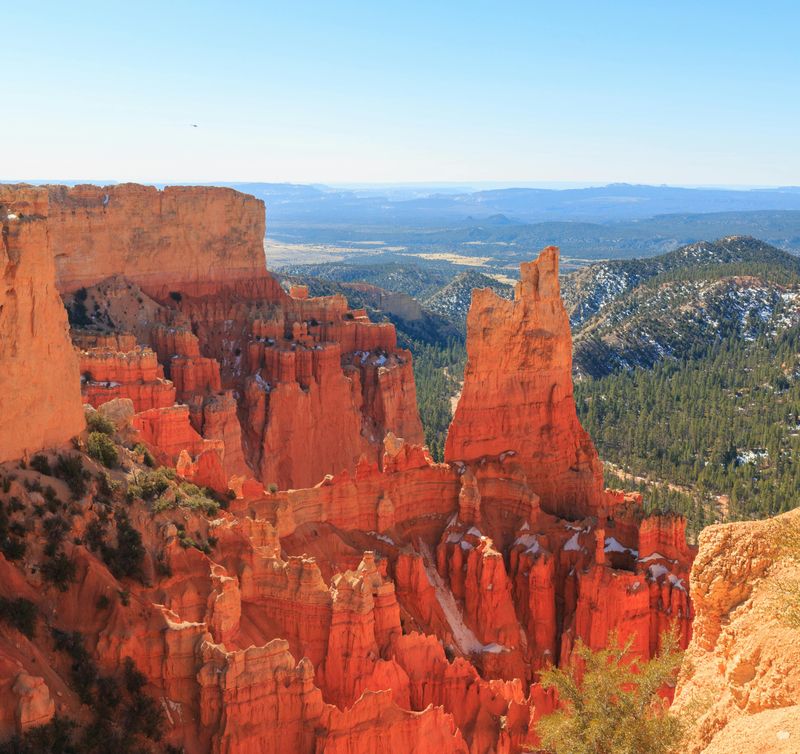
Bryce Canyon’s otherworldly hoodoos captivate visitors, yet they pose real dangers. The park’s high elevation can lead to altitude sickness, requiring acclimatization for those unaccustomed.
Narrow paths along cliffs demand careful navigation to prevent falls. Sudden weather changes can also pose risks, emphasizing the need for preparation.
Visitors to Bryce must balance admiration for its unique formations with awareness of the inherent dangers, ensuring a safe exploration of this captivating landscape.
Mount Rainier National Park
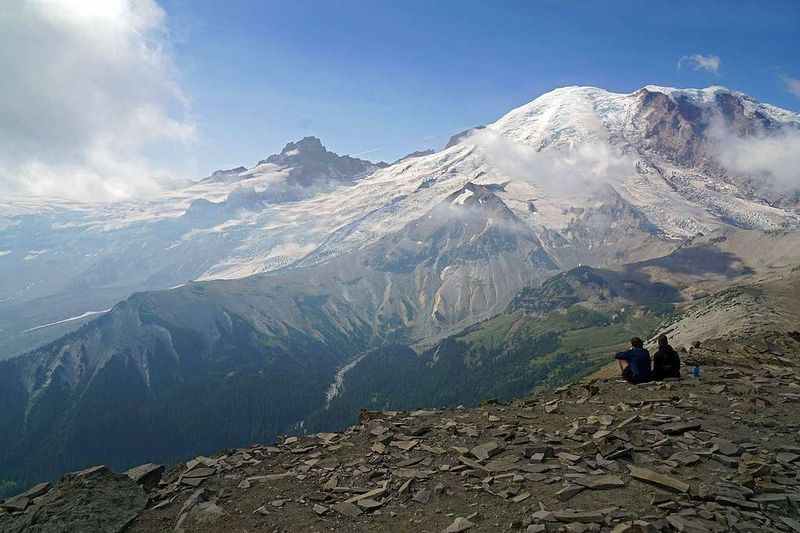
Mount Rainier’s iconic peak is both a draw and a danger. Climbers face challenges from crevasses and the potential for avalanches, requiring experience and preparation.
The park’s weather is notoriously unpredictable, with sudden storms posing risks even to seasoned adventurers. Altitude and cold temperatures add to the park’s challenges, necessitating proper gear and acclimatization.
Mount Rainier offers stunning beauty, but it demands respect and readiness to safely conquer its formidable landscapes.
Hawaii Volcanoes National Park
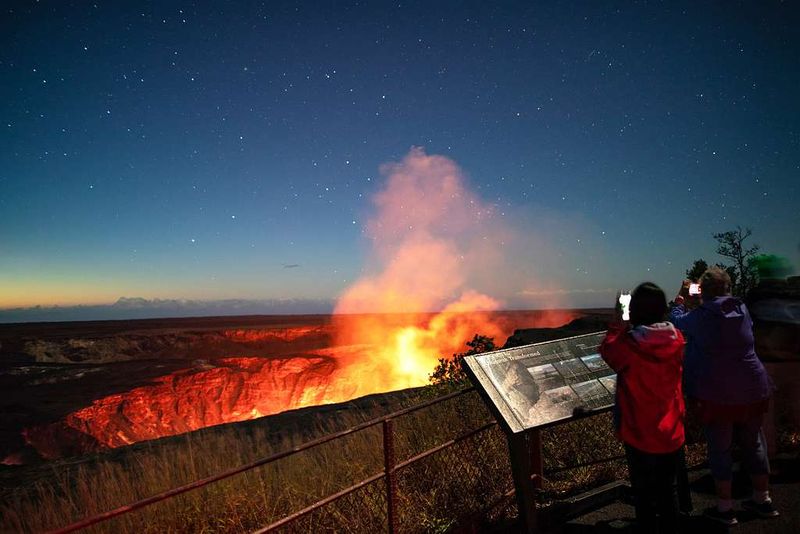
Hawaii Volcanoes’ dynamic landscape is shaped by active lava flows. While mesmerizing, approaching lava too closely is dangerous, with toxic gases posing additional risks.
Visitors must respect park guidelines to safely observe this natural spectacle. Unstable ground and sharp lava rock require caution.
The park’s beauty is intertwined with its volatility, offering a unique experience that demands vigilance and respect for the powerful forces at play.
Death Valley National Park
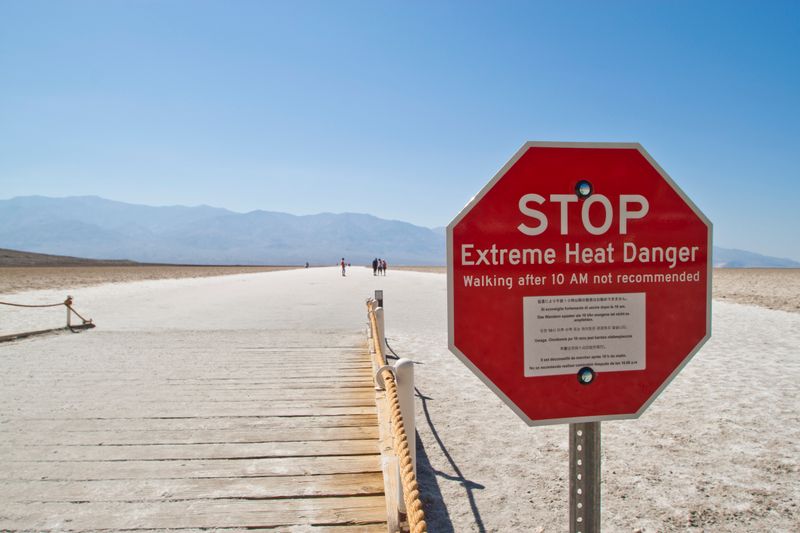
Death Valley’s extremes are infamous. The scorching heat poses serious risks of dehydration and heatstroke, making proper hydration essential.
The park’s vast, barren landscapes can disorient and isolate, emphasizing the need for navigation skills and preparation.
Despite its harshness, Death Valley holds a stark beauty that captivates the adventurous, requiring respect for its formidable environment to ensure a safe exploration.
Shenandoah National Park
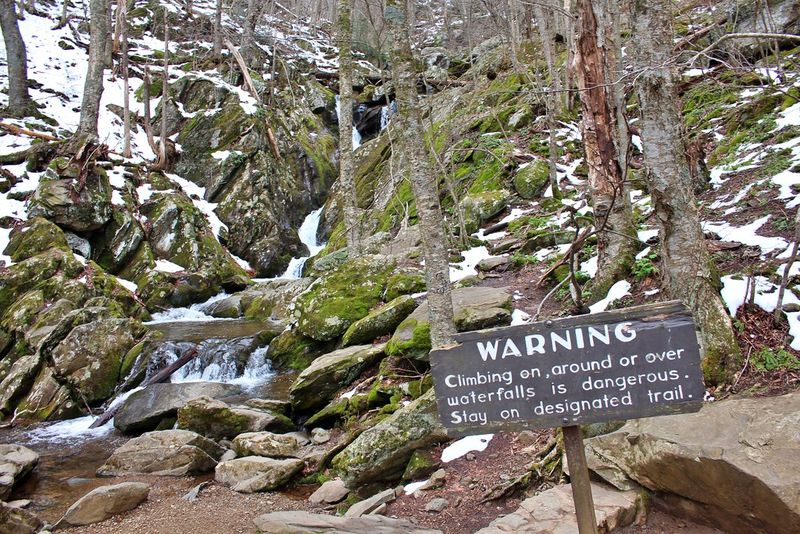
Shenandoah’s serene beauty masks potential dangers. Steep trails can lead to falls, and weather changes can occur unexpectedly, requiring constant vigilance.
The park’s wildlife, including black bears, necessitates caution to avoid encounters. Additionally, dense fog can obscure trails, increasing the risk of getting lost.
Exploring Shenandoah’s landscapes demands awareness and respect, allowing visitors to safely appreciate its picturesque vistas.
Arches National Park
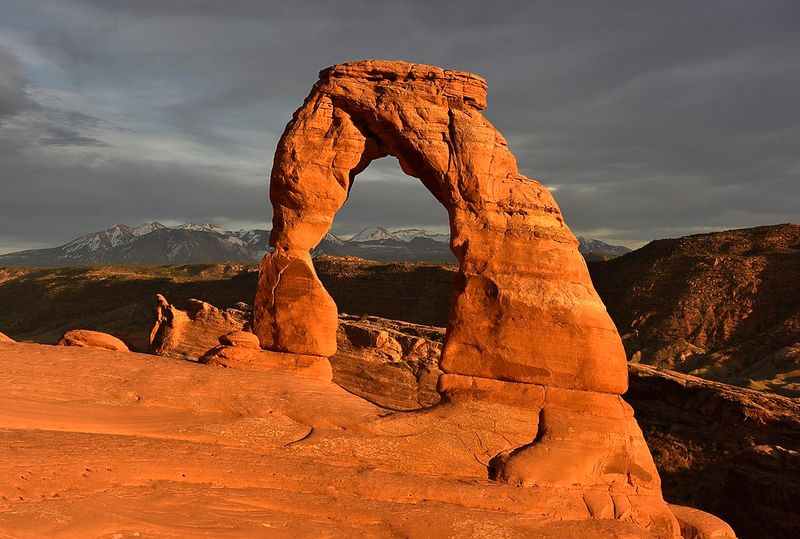
Arches’ unique rock formations draw visitors worldwide, but they also present dangers. Unstable rocks can pose risks to climbers and hikers who venture off designated trails.
The park’s desert environment brings extreme temperatures, requiring proper hydration and sun protection. Sudden storms can lead to flash floods, emphasizing the need for awareness of weather conditions.
Arches offers a striking landscape, but its beauty requires respect and caution for a safe and memorable visit.

